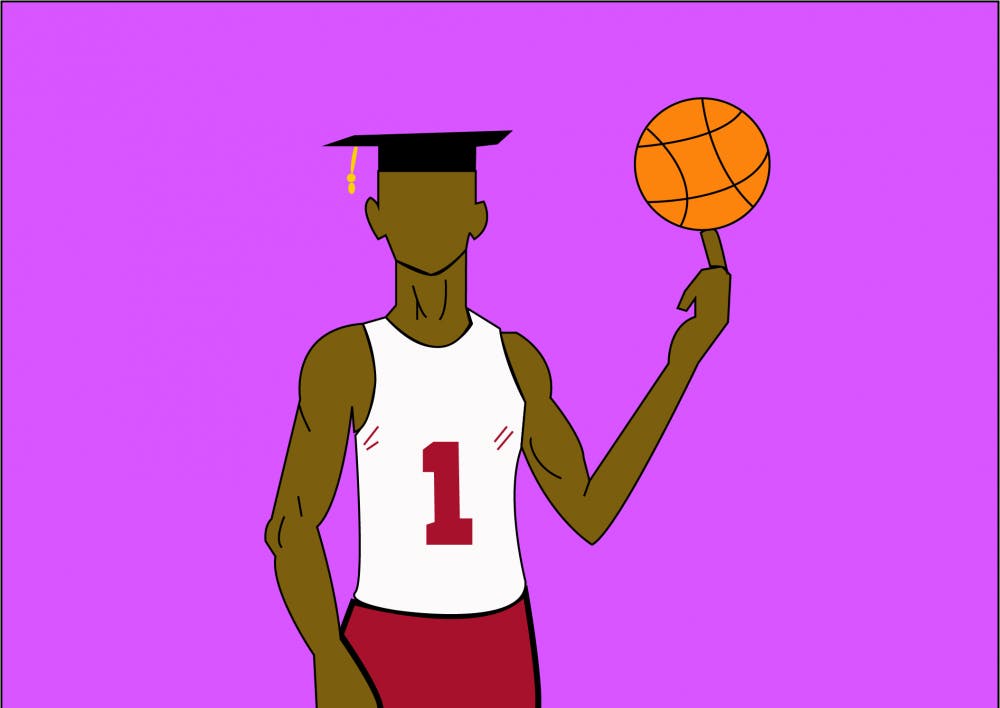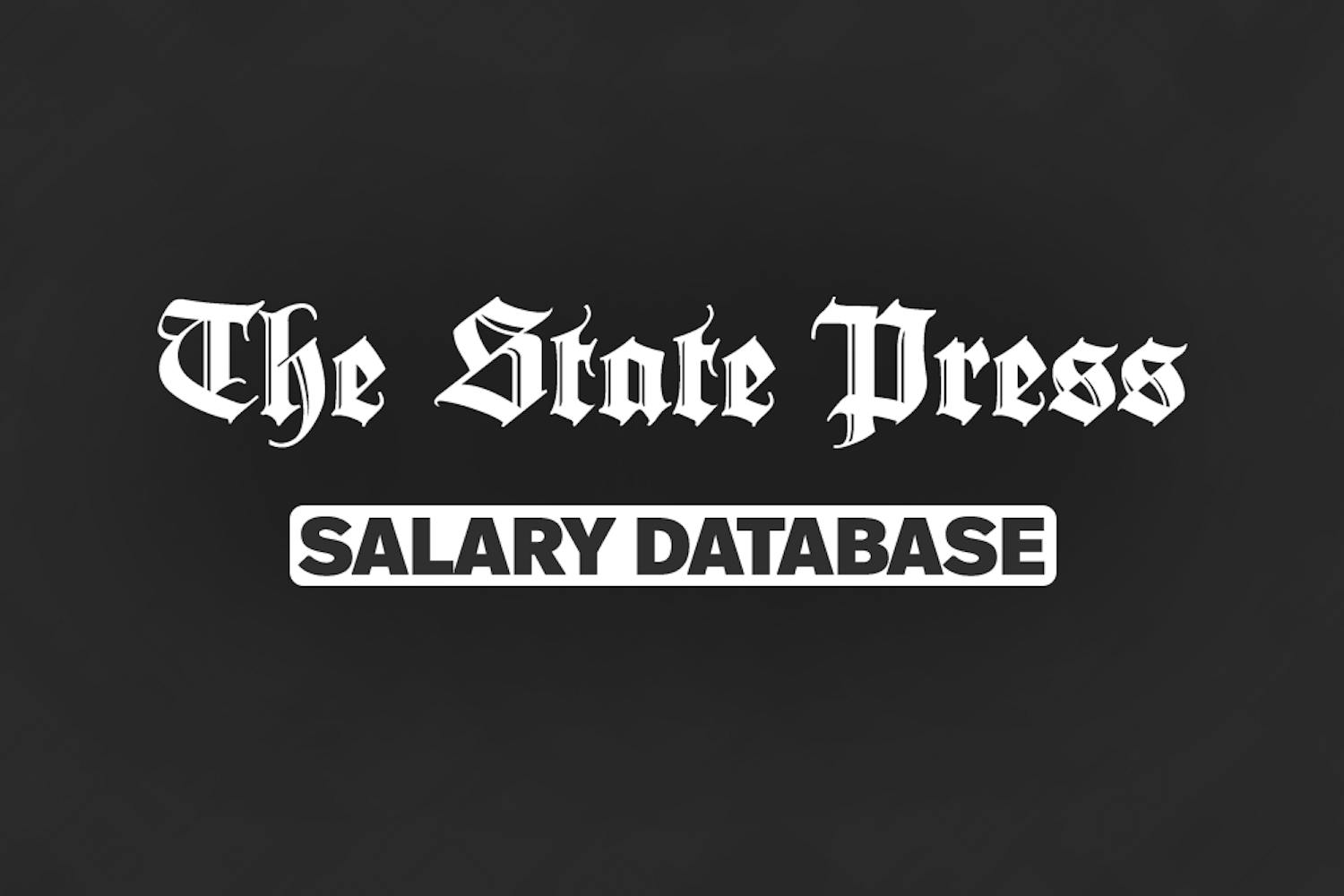College basketball has produced some of the most electrifying athletes in the past decade, but many of the best players only stay in school for one year.
It’s time for the rule forcing players to go to college to be rescinded.
Specifically, the rule states a player must be 19 years old and at least one year removed from high school before they can enter the draft, and most players opt for a brief stay in college before becoming draft eligible.
They do not need to go to college, however.
Before the rule was first implemented in the 2006 draft, transcendent players like LeBron James and Kobe Bryant, among others, made the jump straight from high school and were successful almost immediately.
This begs the question as to whether it is entirely necessary for athletes, who seem to get bigger, faster and stronger every year, to waste time in college when they are physically ready and talented enough to play at the next level.
“The idea of the amateur collegiate athlete is kind of a sham,” national featured columnist Grant Hughes, who has written on the topic in the past, said. “It’s free labor, and (there is a) relatively small number of people making a whole lot of money. If the kids want to position (themselves) to make the most money and further their careers, a major collegiate program is the best option, but it’s a bad one.”
A brief analysis of top draft picks since the rule came about shows how “one-and-done” players dominate the first rounds.
During the most recent draft this past June, nine of the first 10 picks were college freshmen, and a record 14 “one-and-dones” were selected in the first round.
There is no reason those elite players should be forced to jeopardize millions of dollars and their health in college when they could be developing under NBA guidance straight out of high school.
James Harden, for example, is a fan-favorite at ASU — but even he did not stay with the school past his sophomore season. That is the current reality of the sport. The best of the best are there and gone within a year — two years if they are really loyal.
It is impossible for NBA general managers and team officials to know how each player will perform once they reach the pros. For every LeBron James, there is a Kwame Brown. There is simply no way of knowing.
One thing is certain, though: If a player deems himself ready to play in the NBA when he graduates high school, he should be allowed to enter the draft and take advantage of his skills. There are plenty of resources currently in place for players to utilize in professional basketball.
The NBA G-League has affiliates for 26 of the 30 teams and is continuing to grow. As it evolves, it can act as more of a Triple-A league for NBA organizations, much like MLB teams have minor league affiliates for players on the cusp of the big leagues.
Players who are not necessarily ready to start in their first professional game can spend time in the G-League to prepare for the tougher competition. It is a win-win for both the players and organizations.
NBA commissioner Adam Silver has recently talked about changing the rule. It is unclear what the timetable would be if he were to ultimately change it, but Silver has shown a tendency to act quickly.
“Things tend to happen faster with Silver,” Hughes said. “If you ask me in five years (whether the rule will be changed), I’d say ‘no’ but would be optimistic. If you ask me in ten years, I’d say ‘yes.’”
Don’t wait around, Mr. Commissioner. The current rule is not what is best for players. It is time to see a change back to the old format and hopefully it comes sooner rather than later.
Reach the columnist at Steven.Slobodzian@asu.edu or follow @PSlobodzianASU on Twitter.
Like The State Press on Facebook and follow @statepress on Twitter.
Editor’s note: The opinions presented in this column are the author’s and do not imply any endorsement from The State Press or its editors.
Want to join the conversation? Send an email to opiniondesk.statepress@gmail.com. Keep letters under 500 words and be sure to include your university affiliation. Anonymity will not be granted.




